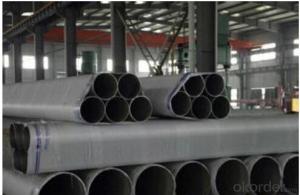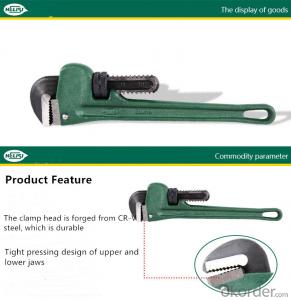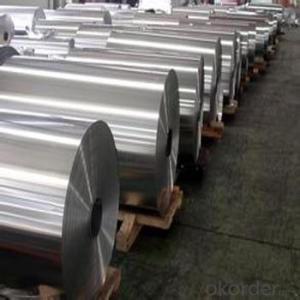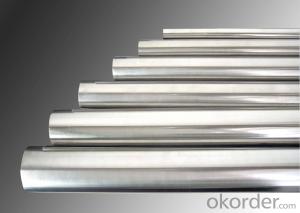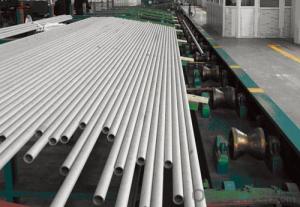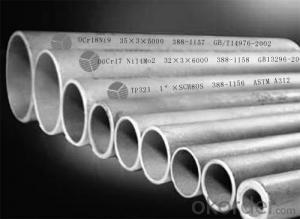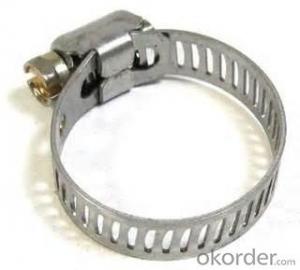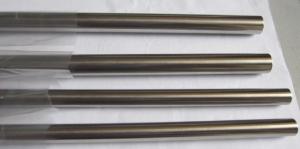2 Inch Stainless Steel Pipe
2 Inch Stainless Steel Pipe Related Searches
Best Paint For Stainless Steel Blanket Insulation For Steel Buildings Primer For Galvanized Steel Foam Filter For Stainless Steel H S Code For Stainless Steel Surface Grinding Wheels For Stainless Steel Surface Grinding Wheels For Hardened Steel Hole Saw For Stainless Steel Paint For Stainless Steel Stainless Steel For BbqHot Searches
Steel Mesh Panels For Sale Price For Stainless Steel Scrap Scrap Price For Stainless Steel Price For Stainless Steel Stainless Steel Tank For Sale Stainless Steel Sheets For Sale Cheap High Tea Sets For Sale Stainless Steel Tanks For Sale Stainless Steel For Sale High Density Fiberboard For Sale Solar Hot Water Collectors For Sale Scaffolding For Sale In Uae Scaffolding For Sale In Ireland Scaffolding For Sale In Houston Type Of Inverter For Solar Price Of Shipping Containers For Sale Types Of Inverter For Solar Stock Price For Aluminum Used Solar Inverter For Sale Steel Mesh Panels For Sale2 Inch Stainless Steel Pipe Supplier & Manufacturer from China
Okorder.com is a professional 2 Inch Stainless Steel Pipe supplier & manufacturer, offers integrated one-stop services including real-time quoting and online cargo tracking. We are funded by CNBM Group, a Fortune 500 enterprise and the largest 2 Inch Stainless Steel Pipe firm in China.Hot Products
FAQ
- Indeed, it is possible to utilize stainless steel pipes within food processing facilities. Stainless steel has gained popularity as a preferred piping material in the food sector due to its multitude of advantages. Firstly, the corrosion resistance of stainless steel is of paramount importance in an environment where pipes are consistently exposed to moisture and various chemicals. This ability to resist corrosion aids in preventing food contamination and upholds the integrity of the processing system. Furthermore, stainless steel pipes possess a smooth surface, facilitating ease of cleaning and maintenance of hygiene standards. The smooth surface inhibits the accumulation of bacteria and other contaminants, thereby reducing the risk of foodborne illnesses. Stainless steel is also non-reactive, meaning it does not release any harmful substances into the food products during the processing phase. This characteristic is particularly crucial when handling acidic or alkaline foods that may interact with other materials. Moreover, stainless steel is a robust and long-lasting material, capable of withstanding high temperatures and pressures. This durability renders it suitable for a wide range of food processing applications. In conclusion, stainless steel pipes are an exceptional choice for implementation in food processing plants due to their corrosion resistance, ease of cleaning, non-reactive nature, and durability. They play a significant role in ensuring food safety, maintaining high hygiene standards, and providing a reliable and enduring piping solution for the industry.
- To test the quality of stainless steel pipes, several methods can be used. 1. Visual Inspection: The first step is to visually inspect the pipes for any visible defects such as cracks, dents, or surface irregularities. This can be done by simply observing the pipes closely and checking for any abnormalities. 2. Dimensional Inspection: The dimensions of the stainless steel pipes should meet the specified requirements. This involves measuring the outer diameter, inner diameter, wall thickness, and length of the pipes using calibrated measuring instruments such as calipers or micrometers. 3. Chemical Composition Analysis: Stainless steel pipes should have a specific chemical composition to ensure corrosion resistance and durability. This can be determined by conducting a chemical composition analysis, which involves using techniques like spectroscopy or wet chemical analysis to check the presence and percentage of different elements in the steel. 4. Mechanical Properties Testing: Mechanical properties such as tensile strength, yield strength, and elongation are crucial indicators of the quality of stainless steel pipes. These properties can be tested through various methods including tensile testing, hardness testing, impact testing, or bending testing. These tests are performed according to relevant industry standards to ensure the pipes meet the required mechanical specifications. 5. Non-destructive Testing: Non-destructive testing methods like ultrasonic testing, X-ray inspection, or electromagnetic testing can be employed to detect any hidden defects or inconsistencies within the stainless steel pipes without causing any damage. These tests are useful in identifying flaws such as cracks, voids, or inclusions that may compromise the quality and performance of the pipes. 6. Corrosion Resistance Testing: Stainless steel pipes are known for their excellent corrosion resistance. To verify their resistance to corrosion, various tests like salt spray testing or exposure to harsh environments can be conducted. These tests simulate real-life conditions to evaluate the pipes' ability to resist corrosion and ensure their long-term durability. It is important to note that the specific testing methods and standards may vary depending on the industry or application requirements. Therefore, it is essential to refer to relevant standards and specifications while conducting quality tests on stainless steel pipes.
- Indeed, oil and gas refineries find stainless steel pipes to be highly suitable for their operations. The exceptional corrosion resistance properties of stainless steel make it the perfect choice for handling the various corrosive substances found in these industries, such as crude oil, natural gas, and petroleum products. Moreover, stainless steel pipes exhibit resistance to high temperatures and pressures, ensuring their durability and reliability even in the harshest operating conditions of oil and gas refineries. Additionally, stainless steel pipes offer the advantage of being easy to clean and maintain, reducing the risk of contamination and minimizing the need for maintenance downtime. Therefore, due to their superior corrosion resistance, high strength, and long-term cost-effectiveness, stainless steel pipes enjoy widespread use in oil and gas refineries.
- Swimming pool installations can indeed utilize stainless steel pipes. Stainless steel is an incredibly sturdy and corrosion-resistant substance, which renders it appropriate for deployment in swimming pool settings where water and chemicals are consistently present. Stainless steel pipes are renowned for their long lifespan and capacity to endure the demanding conditions of a swimming pool, such as exposure to chlorinated water and high temperatures. Furthermore, stainless steel pipes are effortless to clean and maintain, thereby diminishing the possibility of contamination or obstructions in the pool system. All in all, due to their robustness, corrosion resistance, and durability, stainless steel pipes emerge as a dependable choice for swimming pool installations.
- Seamless and electric resistance welded (ERW) stainless steel pipes are two different methods of manufacturing stainless steel pipes, and they differ in terms of their production process and the characteristics of the resulting pipes. Seamless stainless steel pipes are manufactured through a process called hot rolling or cold drawing, where a solid cylindrical billet or ingot is heated and then pierced to form a hollow tube. This tube is then further elongated and reduced in diameter through several processes to achieve the desired size and thickness. The absence of any welding seam in seamless pipes provides them with a higher level of strength, corrosion resistance, and pressure resistance compared to welded pipes. Seamless pipes are often used in high-pressure applications, as they can withstand higher levels of stress and are less susceptible to leaks or failures. On the other hand, electric resistance welded stainless steel pipes are produced by applying heat and pressure to longitudinally welded stainless steel strips or plates. The edges of the strip or plate are heated and fused together under pressure to form a tube. ERW pipes have a visible welded seam along their length, which is a result of the welding process. While the welded seam may slightly reduce the overall strength and corrosion resistance of the pipe, ERW pipes are still highly durable and suitable for a wide range of applications. They are commonly used in industries such as oil and gas, petrochemical, and plumbing. In summary, the main difference between seamless and electric resistance welded stainless steel pipes lies in their manufacturing process and the presence of a visible welded seam. Seamless pipes are produced without any welding, offering superior strength and corrosion resistance, especially in high-pressure applications. On the other hand, ERW pipes are formed through welding, resulting in a visible seam, but they still possess good durability and are widely used in various industries.
- The common standards used for manufacturing stainless steel pipes include ASTM A312/A312M, ASTM A269, and ASTM A790.
- Yes, stainless steel pipes are generally resistant to sulfide stress corrosion cracking (SSC). Stainless steel contains a high amount of chromium, which forms a protective oxide layer on the surface of the material. This oxide layer acts as a barrier that prevents the penetration of corrosive substances, including sulfides, into the steel. Additionally, stainless steel pipes are often alloyed with other elements like molybdenum and nickel, which further enhance their resistance to corrosion. However, it is important to note that the resistance to SSC can vary depending on the specific grade and composition of stainless steel used. Therefore, it is essential to select the appropriate stainless steel grade that is specifically designed to resist sulfide stress corrosion cracking in the intended application.

















